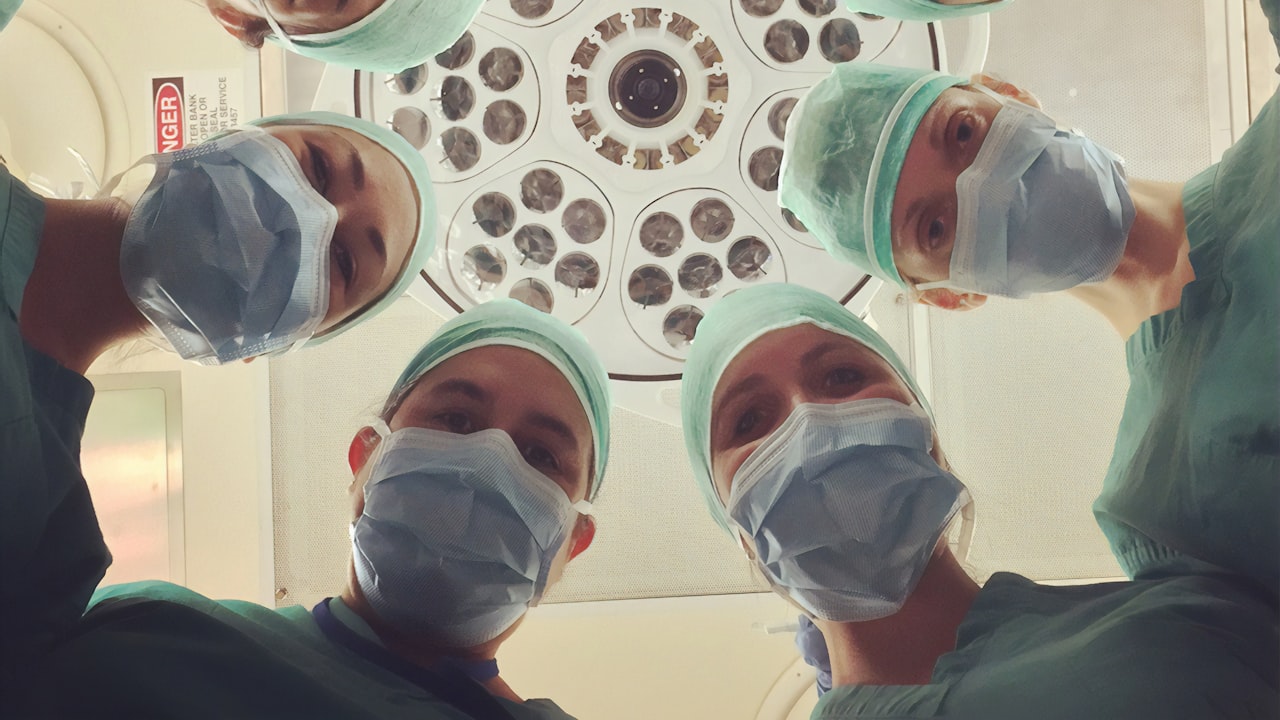Title: The Emerging Applications of Terahertz Technology
Terahertz technology, operating in the electromagnetic spectrum between microwaves and infrared light, has garnered increasing interest for its potential applications in a wide range of fields. One particularly promising area is the utilization of terahertz technology in water-related industries. This article will explore the innovative terahertz water devices, such as the Daswater system, and the profound impact they are having on the terahertz water market as suppliers and factory manufacturers look to capitalize on this cutting-edge technology.
Terahertz water devices, which harness the unique properties of terahertz waves, offer unprecedented capabilities in water quality assessment, treatment, and monitoring. The Daswater system, for instance, utilizes terahertz technology to analyze the molecular structure of water with remarkable precision, enabling rapid and accurate detection of contaminants, impurities, and pathogens. This breakthrough in water analysis is revolutionizing the way water quality is assessed, ensuring safer and cleaner water sources for consumers.
Moreover, terahertz water technology is being increasingly adopted in water treatment processes. Terahertz waves have been shown to effectively disrupt the hydrogen bonding network in water molecules, leading to the efficient removal of pollutants and microorganisms. As a result, terahertz water factories are integrating this technology into their treatment systems to enhance the purification process and produce high-quality drinking water.
The potential of terahertz technology in the water industry extends beyond treatment to include monitoring and quality control. Terahertz sensors can be deployed at various points along the water supply chain to continuously monitor water quality parameters in real-time. By detecting changes in chemical composition or microbial content, terahertz technology enables early intervention and preventive measures to maintain water quality standards.
As the demand for clean and safe water continues to rise, terahertz water suppliers are recognizing the value of investing in terahertz technology. By incorporating terahertz water devices into their infrastructure, suppliers can ensure the delivery of pristine water to their customers, gaining a competitive edge in the market. Furthermore, terahertz water factories are ramping up production to meet the growing needs for terahertz-treated water, signaling a shift towards sustainable and advanced water management practices.
In conclusion, terahertz technology represents a game-changer in the water industry, offering unparalleled capabilities in water analysis, treatment, and monitoring. With the advent of terahertz water devices like the Daswater system, the terahertz water market is poised for significant growth as suppliers and factories embrace this transformative technology. As we look to the future, terahertz technology holds immense promise for addressing the water challenges of today and ensuring a sustainable water supply for tomorrow.





 Title: “Exploring the Cutting-Edge Technology of Terahertz Radiation”
Title: “Exploring the Cutting-Edge Technology of Terahertz Radiation”